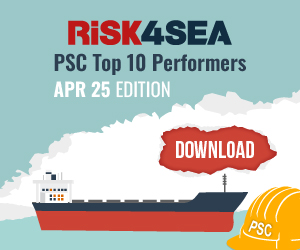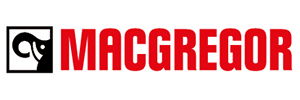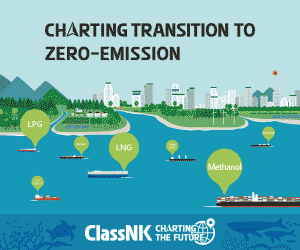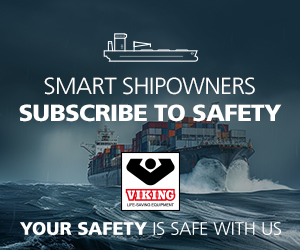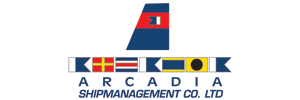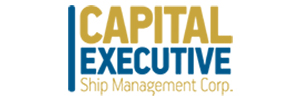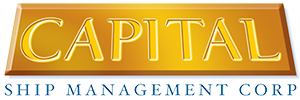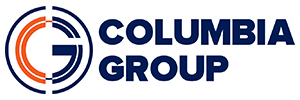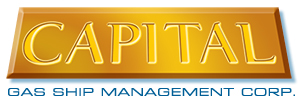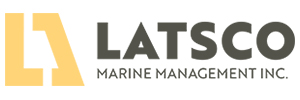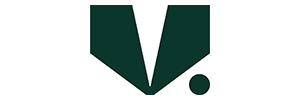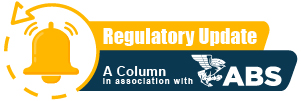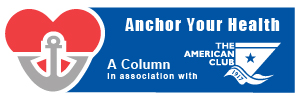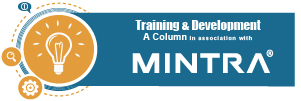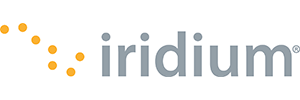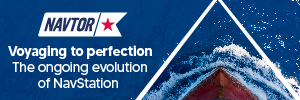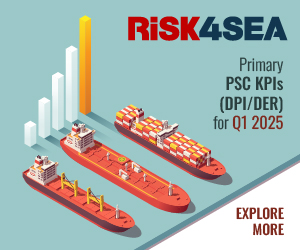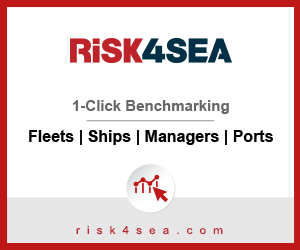Maintenance and Inspection of Life Saving Appliances
The Cayman Registry issues Notice 10/2011 The Cayman Registry issues Notice 10/2011 regarding Maintenance and Inspection of Life Saving Appliances as follows:1. BACKGROUND1.1 This notice offers general guidelines for the maintenance inspection and testing of life saving appliances on Cayman Flag vessel and it is not intended to replace the requirements of the appropriate International Conventions in force.1.2 This information was previously available in Shipping Notice 03/2004, however changes in Convention requirements have superseded the information in SN 03/2004.1.3 Shipping Notice 03/2004 is now withdrawn and replaced by this Notice.2. OPERATIONAL READINESS2.1 Before the ship leaves port and at all times during the voyage, all life-saving appliances shall be in working order and ready for immediate use. If life saving appliances are under repair, then suitable alternative arrangements approved by the Cayman Islands Shipping Registry should be made to ensure an equivalent level of safety is maintained3. WEEKLY TESTING AND INSPECTION3.1 All survival craft, rescue boats and launching appliances inspected to ensure that they are ready for immediate use.3.2 Lifeboat and rescue boat engines run ahead and astern.3.3 General Alarm and Public Address Systems tested.3.4 Lifeboats (other than free fall lifeboats) moved from their stowed position to demonstrate satisfactory operation...
Read moreDetails








































